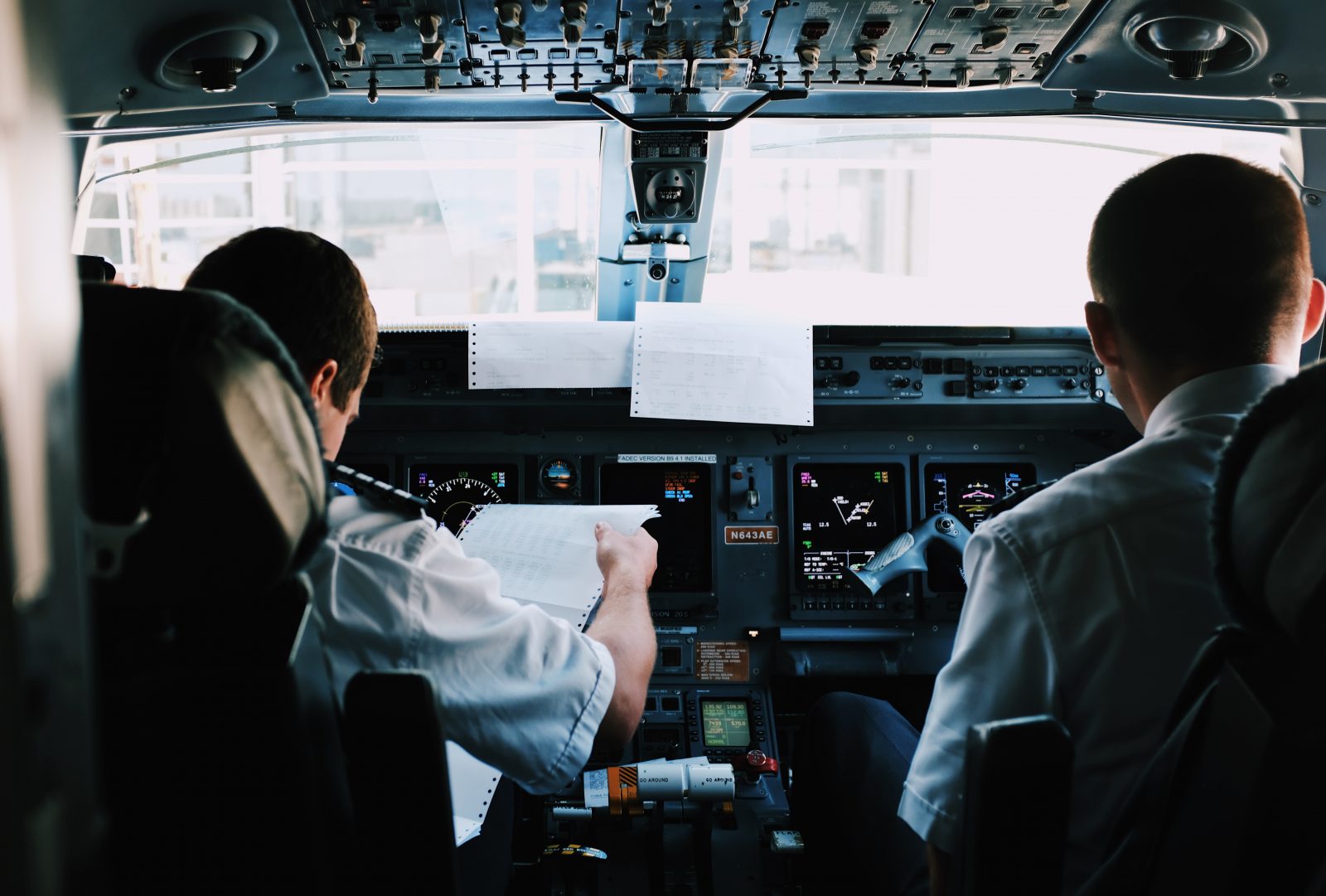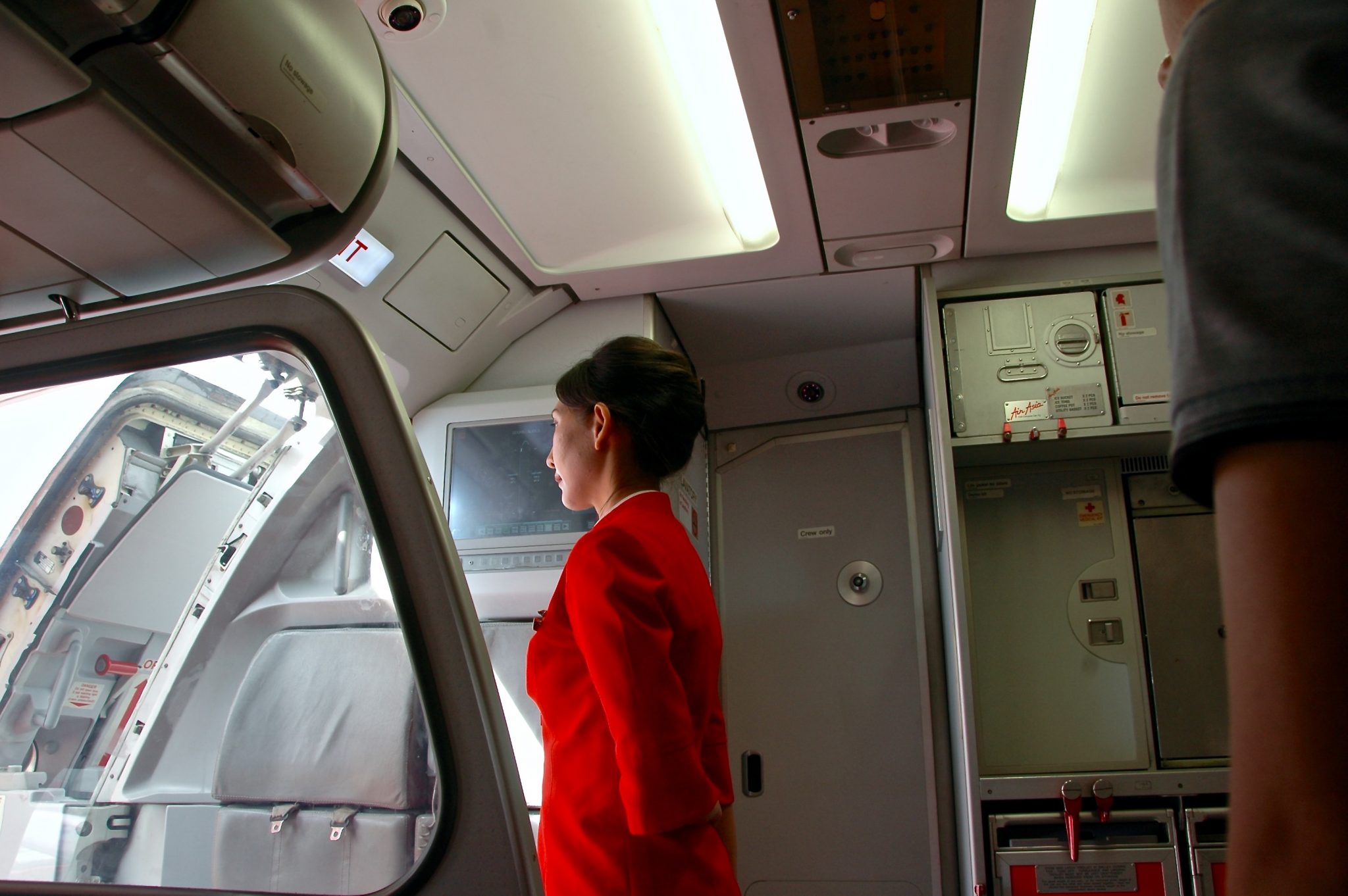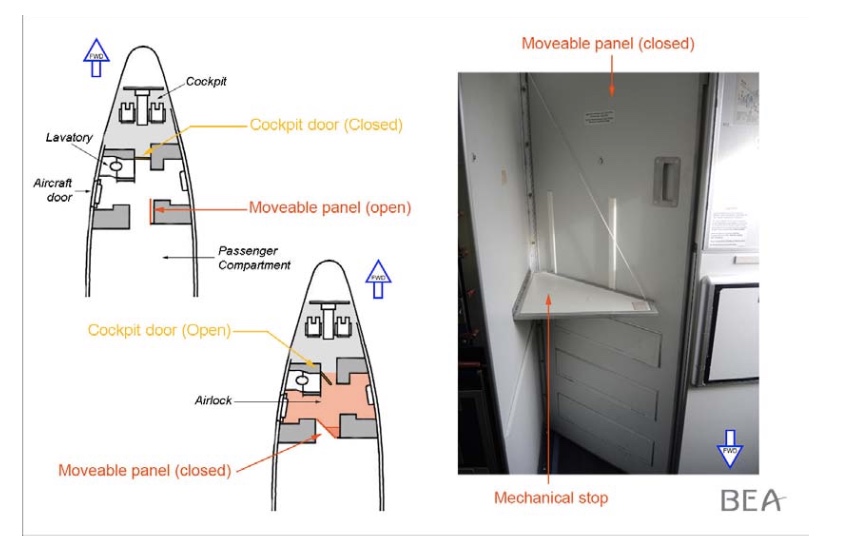
More than 18-years after the terrible events of 9/11 saw the introduction of bullet and grenade proof flight deck doors, the U.S. aviation industry is being urged to take immediate action to install a SECOND flight deck barrier. Lawmakers have already approved legislation that will force airlines to equip all new aircraft with a “secondary cockpit (flight deck) barrier” but the timeline for implementation has come and gone without action.
According to a recent notice from the Federal Aviation Administration (FAA), the “hardened” flight deck door was one of the most “prominent and effective layers” of aviation security implemented post 9/11. Flight deck doors, made to withstand bullets and grenade blasts, are secured with a deadbolt system that can only be released from inside the flight deck.

Even emergency access codes can be overruled, should a flight attendant be forced under duress to request emergency access.
The security is impressive and has so far prevented any “nefarious breaches” of the flight deck as the FAA describes them. But the system isn’t perfect – at some point, the door will have to be opened. Whether it’s to allow a pilot to visit the lavatory, to change over crew or simply get some food, there will be times when the door is open and the flight deck becomes vulnerable to attack.
There are, of course, security measures already in place. Some airlines try to create a sterile area by placing a trolley between the flight deck and the passenger cabin. Others use curtains to block the view of the flight deck door and ban passengers from congregating in the forward galley. Flight deck surveillance systems allow pilots to monitor for unusual behaviour before they open the door.
But the FAA admits these procedures aren’t perfect and human error could be a big problem.

A secondary flight deck barrier, then, seems like the perfect solution. Essentially, the system would create a temporary but impenetrable sterile area between the passenger cabin and flight deck. The idea certainly isn’t a new one. In response to the tragic Germanwings crash in 2015, one airline contacted French accident investigators with information about a secondary flight deck barrier they used on their Airbus A320 aircraft.
Unfortunately, the FAA has been accused of “blatant stalling” on requiring the introduction of secondary flight deck doors.
“By dragging their feet and wasting resources, the FAA has thumbed its nose at Congress, threatened the flying public, disrespected pilots, and has done the bidding of special interests,” blasted Captain Joe DePete, president of Air Line Pilots Association earlier this month.
“Action on secondary barriers is needed now, not many months or even years from now, and protection protocols need to be strengthened,” he warned.
The legislation to introduce secondary barriers should have been introduced by 5th October but instead, the FAA has decided to create a working group that will study the proposal. The agency hasn’t yet indicated when this working group might convene or issue its final report.
And of course, it’s important to note that this rule – when it’s eventually introduced – will only cover new airplane deliveries. All existing passenger planes in operation won’t need to be retrofitted.
Related
Mateusz Maszczynski honed his skills as an international flight attendant at the most prominent airline in the Middle East and has been flying ever since... most recently for a well known European airline. Matt is passionate about the aviation industry and has become an expert in passenger experience and human-centric stories. Always keeping an ear close to the ground, Matt's industry insights, analysis and news coverage is frequently relied upon by some of the biggest names in journalism.







